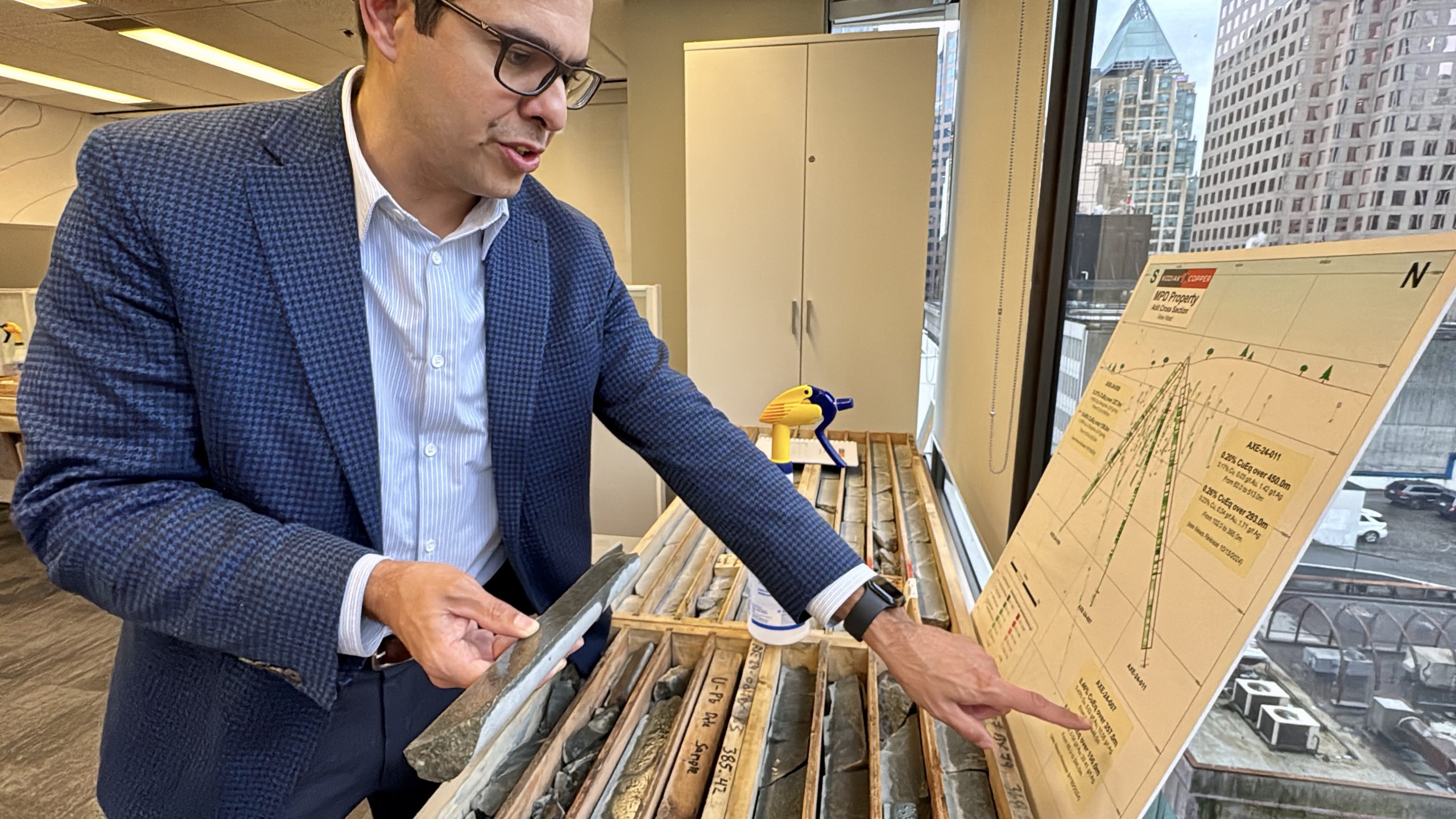Doctor Copper ends 2019 with a new-found spring in his step

Doctor Copper is ending the year on a high note.
London Metal Exchange (LME) copper has this morning hit a seven-month high of $6,235.50 per tonne, having broken out of its previous $5,500-6,000 range earlier this month.
Funds have been covering back short positions and building new long positions as bank analysts turn more positive on copper’s prospects for next year.
The trigger for Doctor Copper’s resurgence was the announcement of a “Phase One” trade deal between the United States and China.
The deal is still somewhat nebulous and no-one seems sure whether there will be a “Phase Two”, but, to quote Goldman Sachs, there is a sense that “US-China tariffs have peaked”.
The trigger for Doctor Copper’s resurgence was the announcement of a “Phase One” trade deal between the United States and China
That in turn, it is hoped, will help reinvigorate stuttering demand from China’s manufacturing sector.
All the LME base metals complex should benefit from the weakening of the trade and demand headwinds but, according to JP Morgan, “copper continues to provide the cleanest story for those who are upbeat about global growth in 2020”. (“Metals Weekly, Dec. 12 2019).
Funds turnaround
Funds have been holding a large collective short position on the CME copper contract for much of this year, using Doctor Copper as a proxy for trade war negativity.
That big short has been pared back significantly over the course of December. As of last week the net fund short had shrunk to 13,314 contracts, the smallest it’s been since May.
Outright short positions have fallen to 73,382 contracts from an August peak of 118,448, while long positioning has jumped to 60,068 contracts from 41,488 at the start of December.
Given the subsequent extension of copper’s rally, it’s probable that the net short has contracted further.
The same pattern of fund turnaround has been playing out on both the LME and the Shanghai Futures Exchange (ShFE), according to analysts at Citi.
“Copper open interest has increased notably across each of the three main exchanges (LME/Comex/ShFE) and is in aggregate up by around 1.3 million tonnes over the past month – a pace not seen since the 2016 U.S. presidential election,” according to Citi.
If this process continues and funds start building a structural long position in copper, notes JP Morgan, it could be “worth about 30% appreciation in the copper price from trough to peak”, or a hypothetical high of $7,280.
China turnaround
The dissipation of trade tensions, however fleeting, is coinciding with signs that China’s manufacturing sector is accelerating after a prolonged spell of weakness.
China’s official purchasing managers index (PMI) rose through the 50 expansion-contraction threshold in November for the first time in seven months.
The Caixin PMI, which tracks China’s small and medium-sized companies, rose to 51.8 from 51.7 in October, marking the fastest rate of expansion since December 2016.
The prospect of “peak tariffs” has certainly played a part but improving activity is also a sign that China’s latest stimulus measures are starting to gain traction in the country’s vast manufacturing sector.
One key area to watch is construction. New starts have been booming, which is one of the reasons Chinese steel demand has remained elevated this year.
Property completions, which tend to be more positive for metals such as copper, have been noticeably lagging but this is starting to change, according to Goldman Sachs.
The bank argues that delayed completion data are down to the fact that new builds in China are increasingly partly furnished rather than “skeletons”, translating into at least six months extra time to complete.
Completion data turned positive in August and “our real estate team thinks property completions could increase rapidly by 20% in 2020 due to very robust new start growth in the past three years,” Goldman says. .
Supply turnaround?
The title of that Goldman research note is another reason why copper is being favoured as a proxy for improving global manufacturing activity.
Unlike other metals such as zinc, which is transitioning from supply shortfall to surplus, copper’s supply side looks stressed.
Copper mine production looks likely to contract this year and although it should improve next year, there is no shortage of potential disruption risk.
Social tensions are simmering across Latin America, particularly in Chile, the world’s largest copper-producing nation.
JP Morgan notes that there are “over 16 labour contract renegotiations across 13 mines in Chile” next year.
They represent around 3.7 million tonnes of annual capacity, equivalent to 18% of global mine supply with risks of disruption heightened by the combination of new pro-labour laws and the broader social unrest in the country.
JP Morgan notes that there are “over 16 labour contract renegotiations across 13 mines in Chile” next year
Mine disruption is part and parcel of the copper landscape but smelter problems are also becoming more important to the global supply chain.
Rumours that a Chinese smelter is facing a liquidity crunch remain unconfirmed but attest to the margin stress facing many Chinese processors due to very low treatment and refining charges.
Poor mine concentrates availability is being compounded by China’s steady reduction in copper scrap imports and low prices for sulphuric acid, a by-product of the copper refining process.
Goldman believes that the increasing risk of bond defaults could be a “black swan” for China’s copper smelter sector, given the accumulating number of defaults in the broader industrial metals space.
The only way is up?
Goldman is forecasting copper to average $6,625 next year, expecting it to hit $6,500 and $7,000 on a six- and 12-month basis.
Citi is also looking for $6,500 on a six-month basis, although the bank notes that the recent short-covering rally has limited the upside from current levels.
It is quite clear that fund money is starting to listen to such bullish calls as a more positive macro picture complements copper’s robust internal dynamics.
The turnaround is still tentative and, as ever, could easily go into reverse if the “Phase One” deal starts unraveling.
But it’s a long time since Doctor Copper had such a spring in his step and if he’s right to be confident, it will be good news for the rest of the LME base metals as well.
(By Any Home; Editing by Jane Merriman)
{{ commodity.name }}
{{ post.title }}
{{ post.date }}

Comments